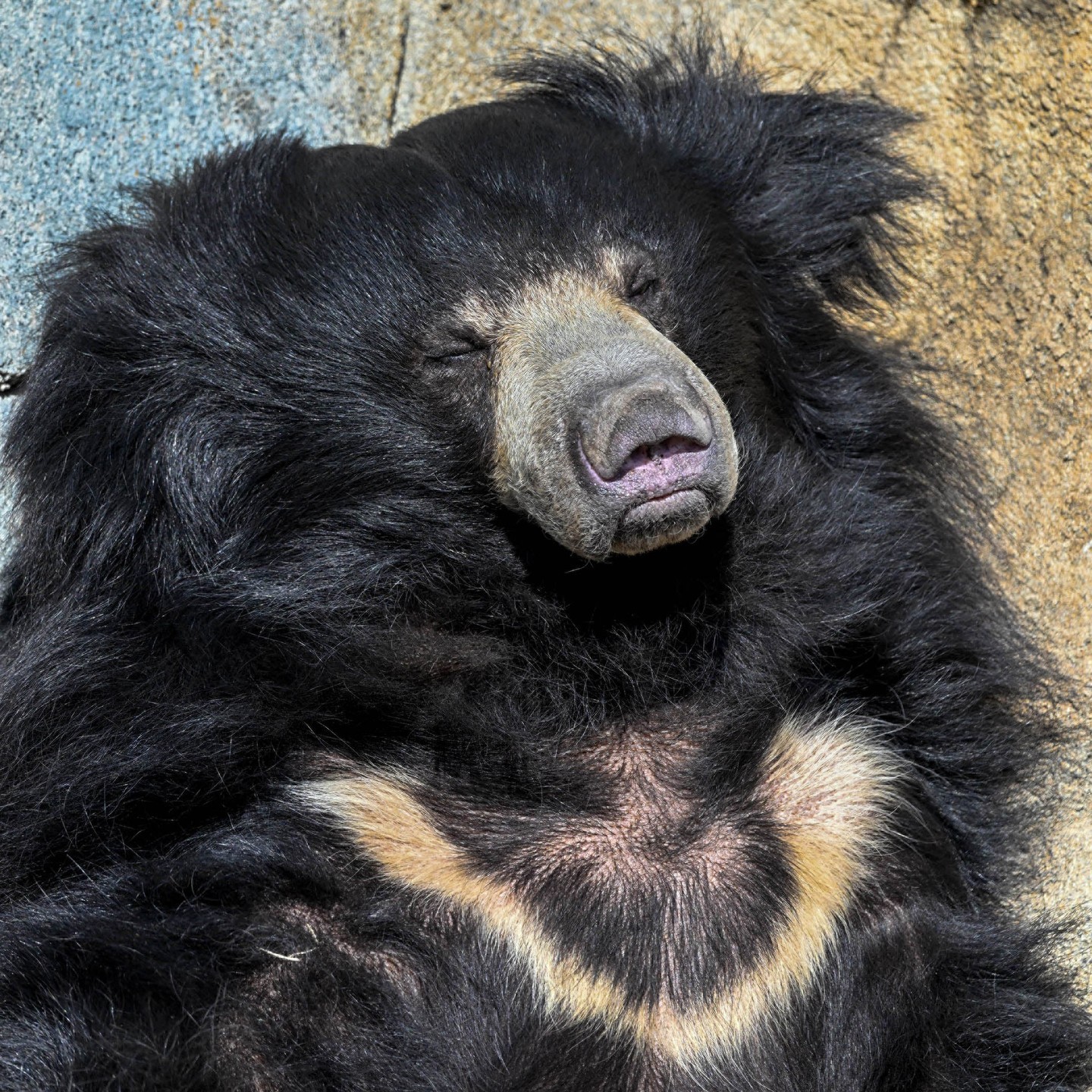Summary:
1. Introduction to the sleep schedule of sloth bears
2. A closer look at the activity patterns of sloth bears
3. The importance of sleep for sloth bears’ health and survival
4. Understanding the unique adaptations of sloth bears for sleep
5. Conservation efforts to protect sloth bears and their habitats
A sloth bear‘s sleep schedule is truly fascinating. Unlike humans, who typically sleep during the night and stay awake during the day, sloth bears have a more flexible approach to their sleep patterns. They are known to be crepuscular animals, meaning they are most active during dawn and dusk. However, they also take regular naps daily to recover their energy.
Have you ever wondered why sloth bears are more active during the morning and evening? Well, it all comes down to their foraging behavior. Sloth bears have a preference for fruits, nuts, and insects. They venture out of their dens during the early morning hours, searching for ripe fruits and nuts. This is a strategic move, as they can easily locate food in the dim light of dawn when other animals are not as active. Similarly, they can take advantage of the darkness in the evening to forage insects that come out at night.
But what about the midday and night? This is when sloth bears retreat to their dens to catch up on some much-needed sleep. The hottest parts of the day can be incredibly uncomfortable for these bears, as their thick fur provides insulation that makes it difficult to regulate their body temperature. By sleeping through the hottest hours, they conserve energy and prevent overheating.
Sloth bears are known for their ability to sleep for extended periods, often up to 20 hours a day! This level of sleep may seem excessive to us, but it plays a crucial role in our survival. While sleeping, their bodies undergo various physiological processes that help maintain their overall health. For instance, their immune system strengthens during sleep, and their body repairs damaged tissues. Moreover, sleeping allows sloth bears to conserve energy and maintain their fat reserves, which is essential for scarce food sources.
One interesting adaptation sloth bears have developed for their sleep is their choice of the en. Unlike other bears that dig elaborate dens, sloth bears often utilize natural shelters like caves, crevices, or thick vegetation for their sleeping quarters. These dens provide them with protection from predators and unfavorable weather conditions. Additionally, sloth bears often line their dens with leaves or vegetation, creating a cozy and comfortable space for them to rest.
Conserving sloth bears and their habitats is crucial for maintaining the delicate balance of our ecosystems. Unfortunately, these magnificent creatures face numerous threats, including habitat loss, poaching, and human-wildlife conflict. Conservation organizations and zoos are vital in raising awareness and implementing measures to protect sloth bears. By supporting these efforts, we can ensure the long-term survival of sloth bears and maintain our planet’s biodiversity.
In conclusion, the sleep schedule of sloth bears is truly unique and fascinating. Their ability to adapt to their surroundings and find the perfect balance between activity and rest is a testament to the resilience of nature. By understanding and appreciating the sleep patterns of sloth bears, we can gain greater insight into the complex world of wildlife. So next time you feel sleepy during the day, remember that you’re just taking notes from Hani, the sloth bear – and it’s all part of nature’s grand plan!
*****
Source Description
We’re taking notes from Hani to sleep in today. 💤
A sloth bear’s sleep schedule always includes naps, too! They are often most active in the morning and evening but will catch up on sleep during the hottest parts of the day and through the night.


